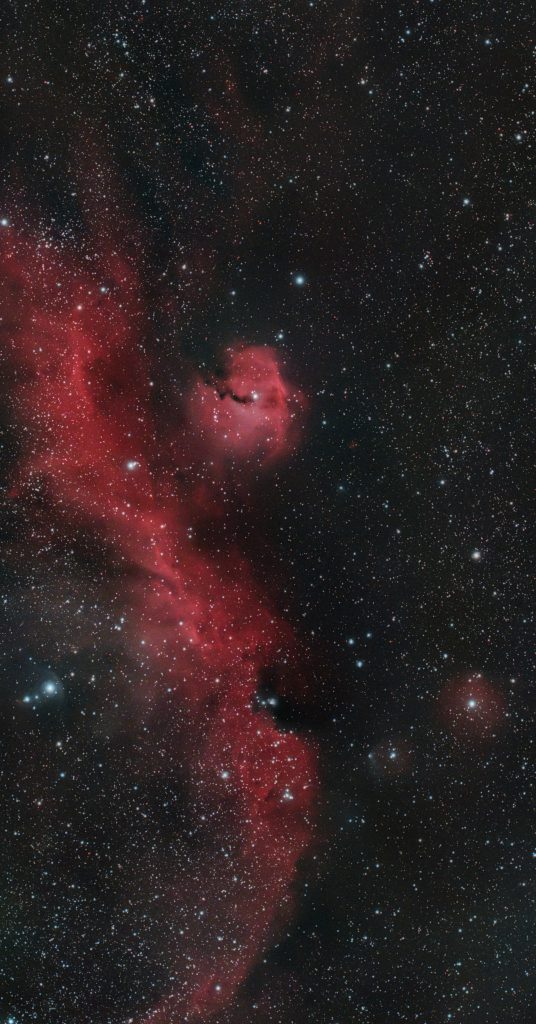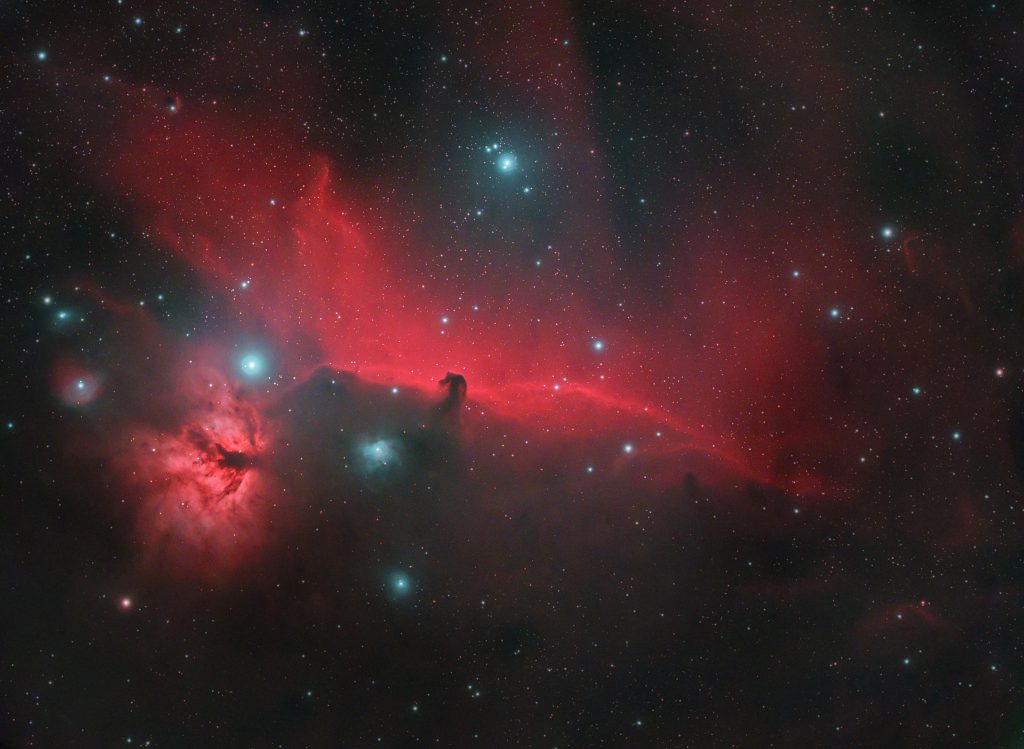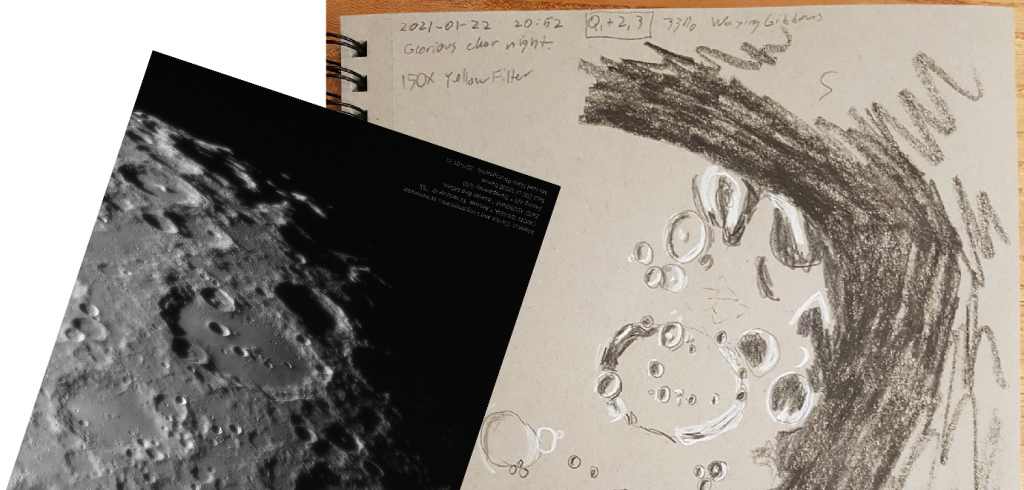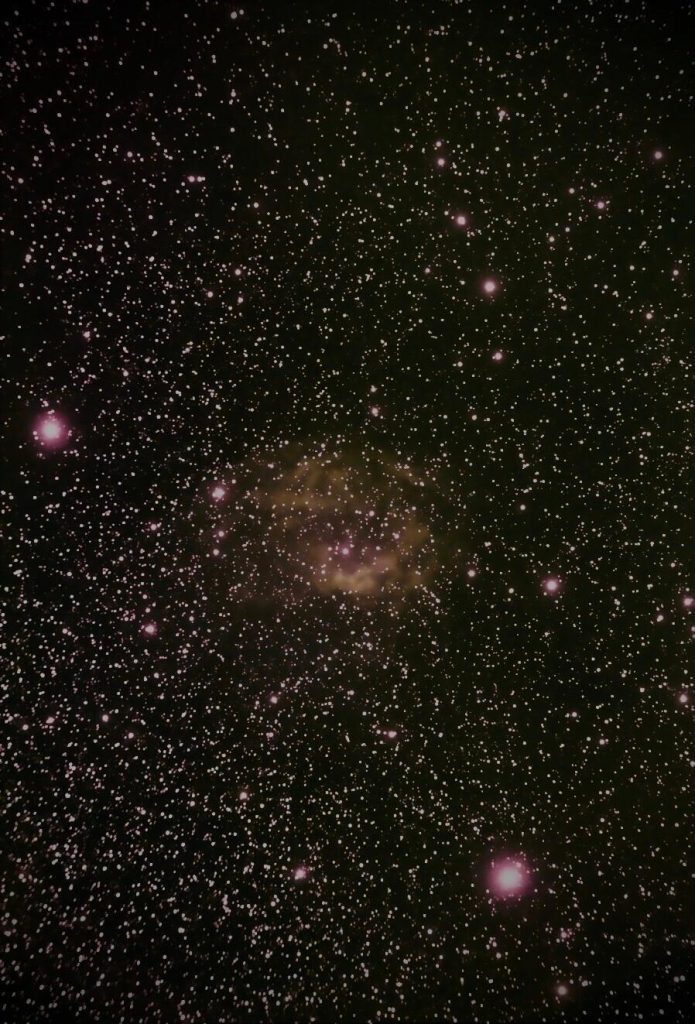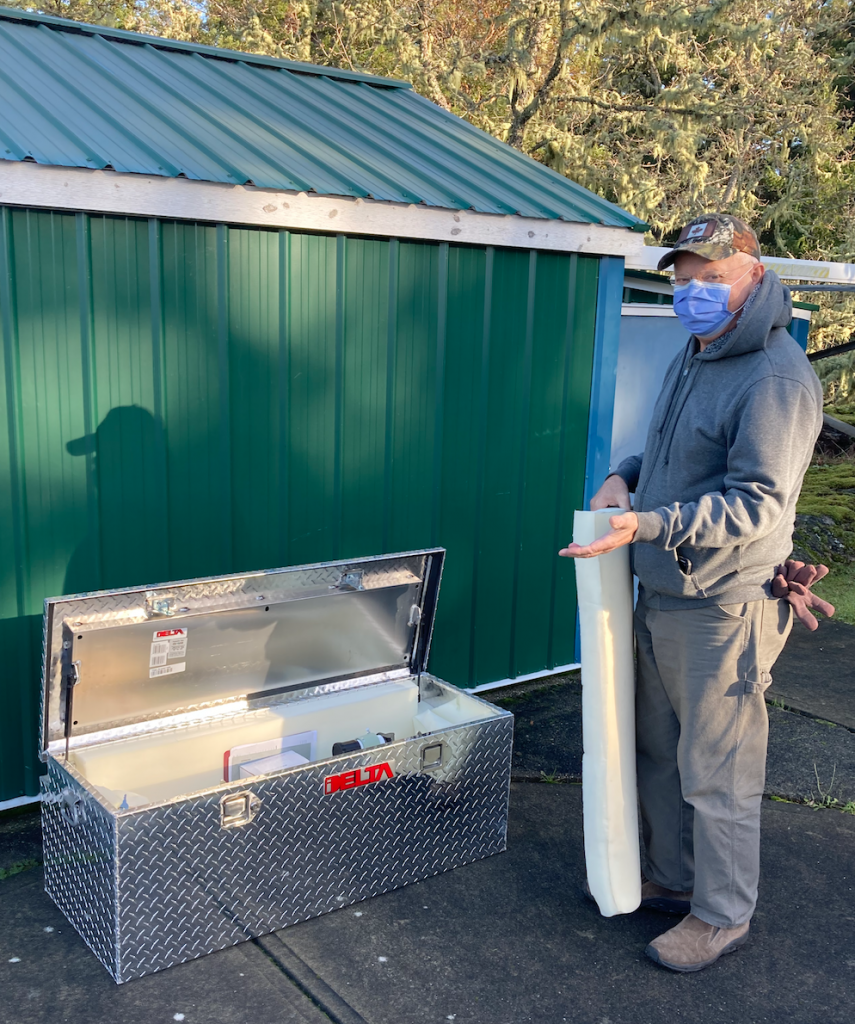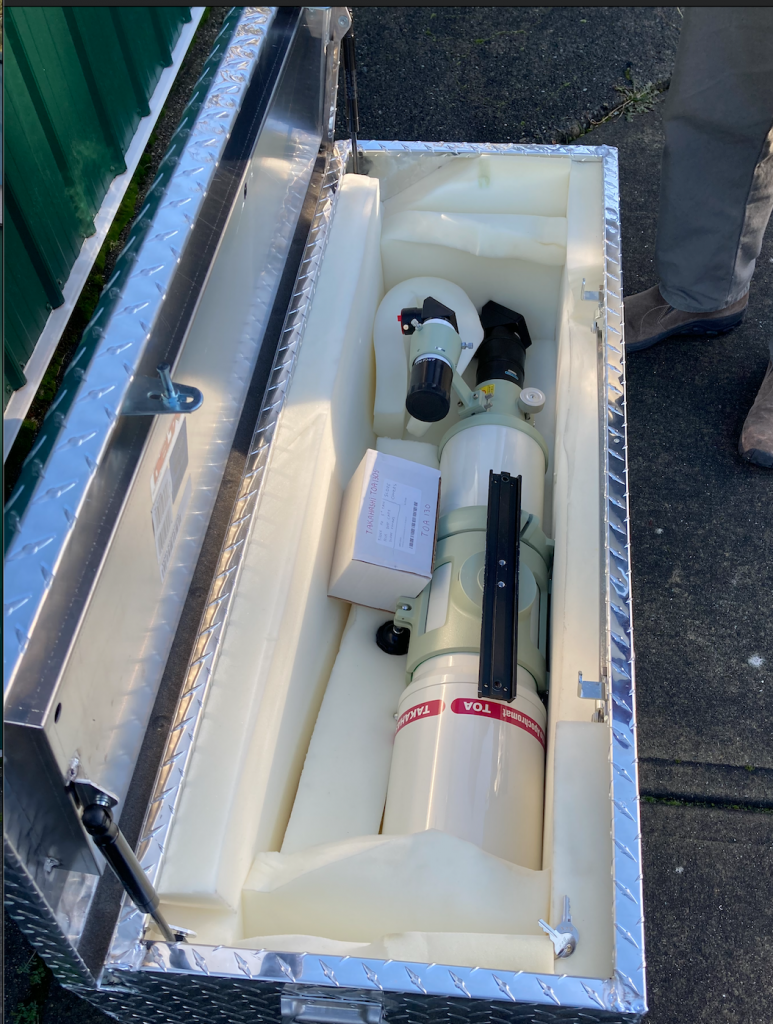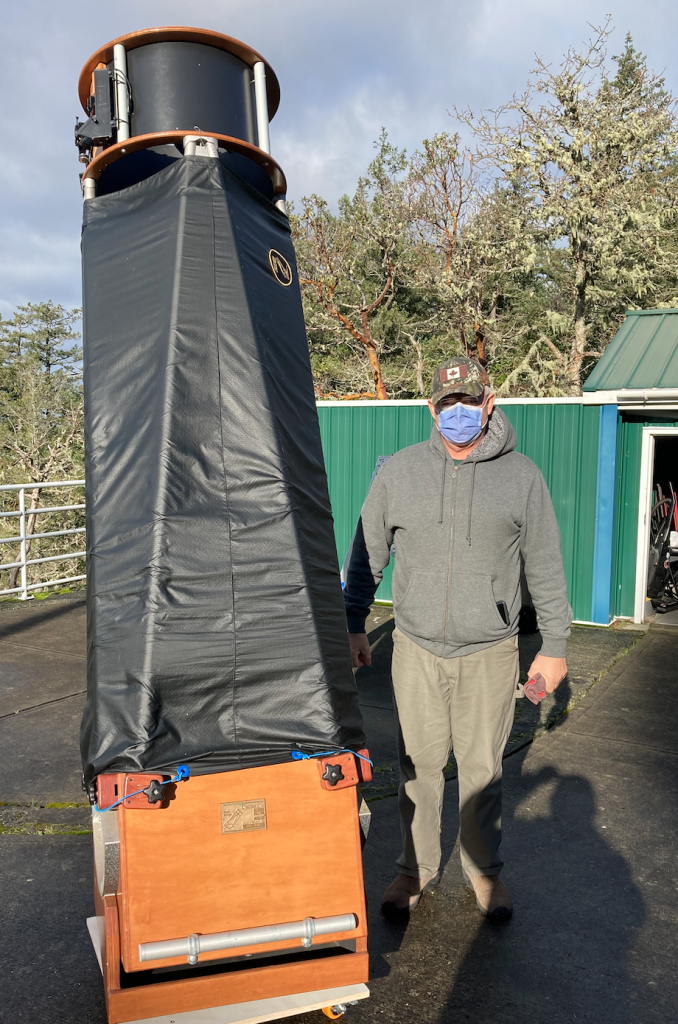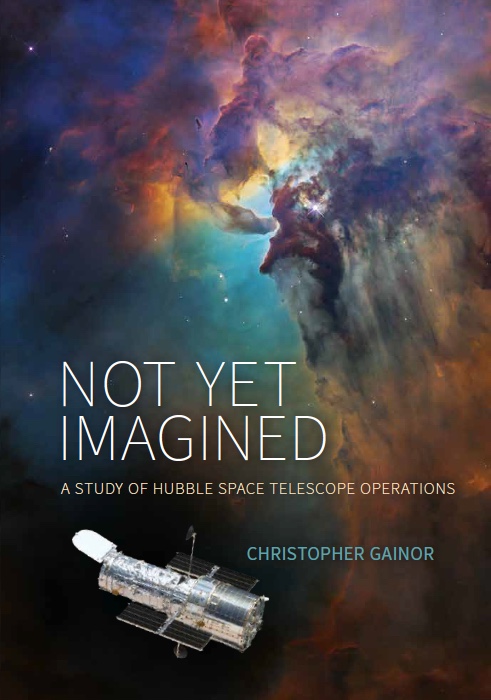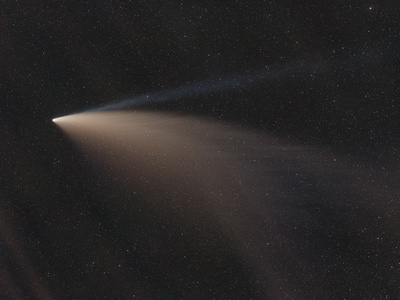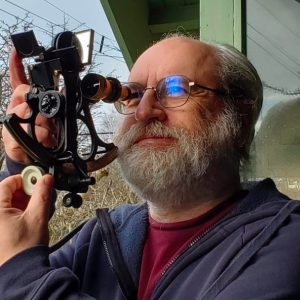
Much has happened since my previous monthly message. South of the border there was an attempted insurrection, an impeachment and an inauguration of a more temperate leader. North of the border, “NOT YET IMAGINED” the much anticipated study of Hubble Space Telescope Operations authored by Victoria Centre RASCal Chris Gainor was released. Click here for a free download. The Victoria Centre also acquired a beautiful 130 mm Takahashi refractor to pair with the OGS 12.5 inch reflector at the Victoria Centre Observatory. Meanwhile the Covid Vaccine inoculation program is gaining momentum. So one can sense a tentative positive vibe and some are speaking of a “light at the end of the tunnel”. Let us hope that the light is a very faint star “light months” away and not some bright star “light years” distant.
The compelling political drama and Dr. Bonnie’s updates have hijacked our attention and robbed us of that non renewable resource called “time”. The impact of this time theft is apparent in my household as copies of Sky and Telescope and the Journal of RASC lie half read. And then there are the many quality astronomical presentations on You Tube that I never got around to watching. While the face to face outreach activities have ground to a halt astronomical discoveries continue and the recording of Zoom presentations have significantly increased the amount of information available to digest.
So we are presented with a challenge. How should we ration our dwindling amount of time and how much of that should be devoted to astronomy? This, of course, is a highly individual choice. I hope the word ‘joy” is at the heart of the decision and includes the joy experienced observing the night sky, the joy of learning new things, the joy of improving our understanding, the joy of unravelling mysteries and the joy of sharing our knowledge and enthusiasm with others. Another key word is “satisfaction” which for instance can be applied to the satisfaction derived from knowing our way around the night sky, the satisfaction of acquiring skills to photograph and sketch astronomical treasures, the satisfaction of mastering a technology and the satisfaction of understanding the theory which explains what we see or detect. And don’t forget the “energy” required to make it happen and the “curiosity” to learn more. If you think of astronomy as a giant smorgasbord, the challenge is to load our plate with nourishing ingredients while trying to minimize overindulgence.
During my term as Victoria Centre President I witnessed the diversity in the appetites displayed by RASCals as they have loaded up their plates at this smorgasbord. I have been inspired by the discipline of many who systematically work on observing lists, the dedication of some to improve their astrophotography skills and the time and energy that others devote to education and outreach. I am also very appreciative of the community of professional astronomers for sharing their knowledge and research with the Victoria Centre. It has been a joy to get to know our amazing group of RASCals better and I am thankful to so many for their cooperation and support while I have been at the helm. It has been an honour to serve and I encourage you to attend our Zoom AGM on Monday, February 22nd to select our next President and Victoria Centre Council. Let us hope that we will be able to gather in person by this time next year.
Stay Well … and oh yes
Usable Skies
Reg Dunkley
